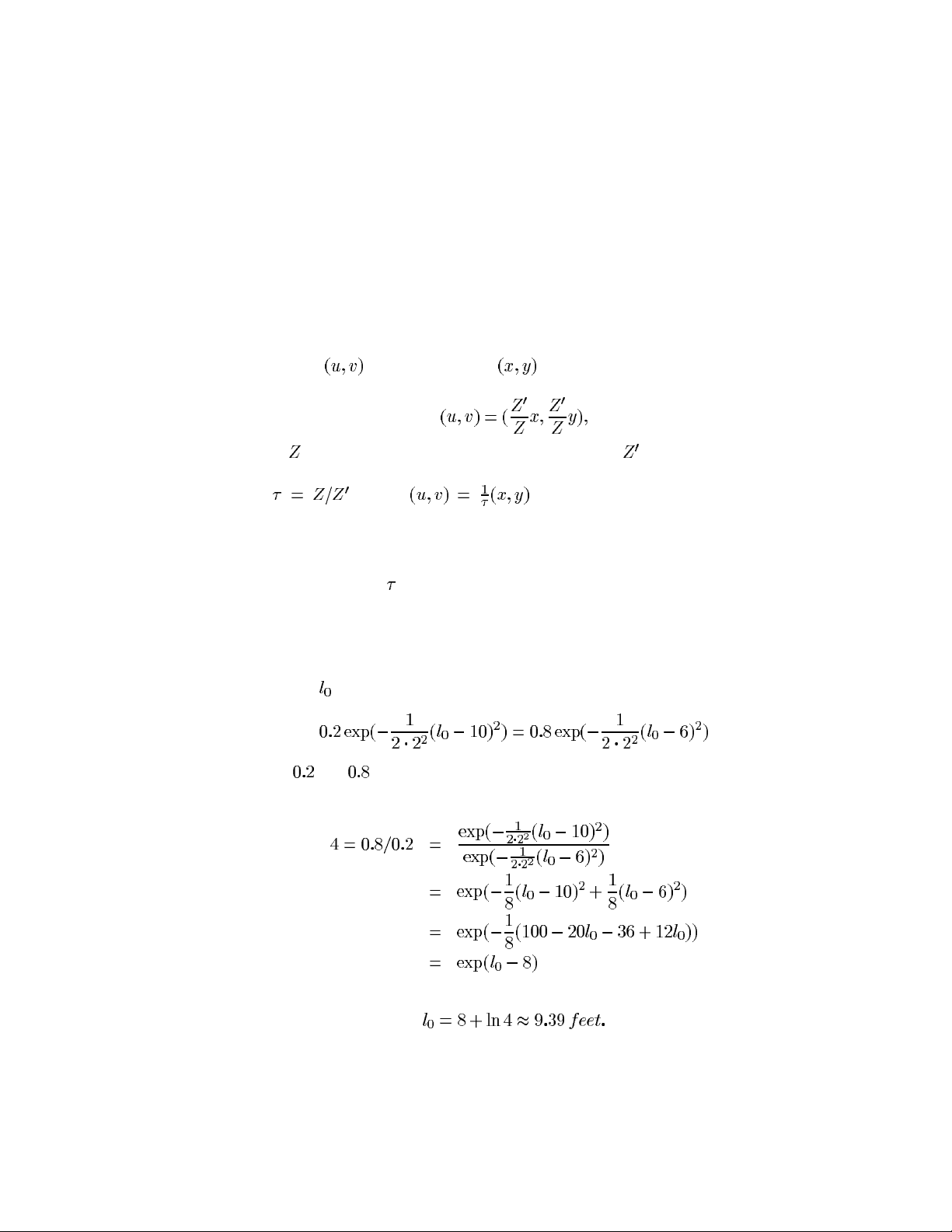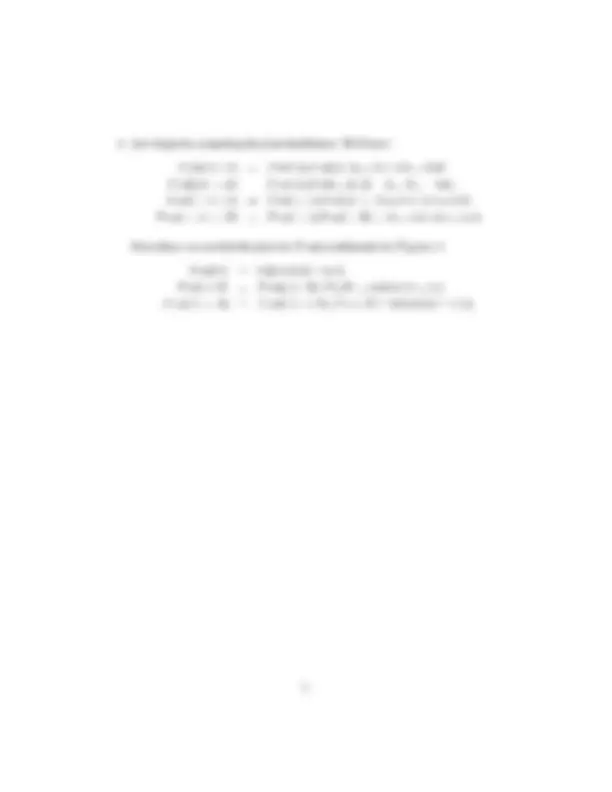



Study with the several resources on Docsity

Earn points by helping other students or get them with a premium plan


Prepare for your exams
Study with the several resources on Docsity

Earn points to download
Earn points by helping other students or get them with a premium plan
Community
Ask the community for help and clear up your study doubts
Discover the best universities in your country according to Docsity users
Free resources
Download our free guides on studying techniques, anxiety management strategies, and thesis advice from Docsity tutors
Main points of this past exam are: Layer Perceptron, Expansion, Collision, Desired Location, Current Position, Optical Flow, Flow Field, Information, Vehicles, Layer Perceptron
Typology: Exams
1 / 3

This page cannot be seen from the preview
Don't miss anything!


CS 188 Midterm Exam, 2-330 pm, Mon Oct 19, 1998
where is the distance from the target to the camera, is the normal-to-the- image-plane component of the camera’s velocity with respect to the target. Notice that , and so. Hence the Time-to-collision can be found as the ratio of an image point’s distance to the FOE to the point’s apparent speed. (b) To go towards a target, make sure the target appears stationary (i.e., is at the FOE). The time to collision should tell you when to break. (c) Only if there is an object you know to be 100 feet away, so you can steer towards it. Optical flow (or monocular images in general) does not allow you to measure absolute distances.
(where and are the prior probabilities for each vehicle type). With a few algebraic manipulations, you get:
from which you get
(b) The perceptron will have two weights: one the multiplicative weight for the length, the other the threshold. The output of the perceptron will be
(c) Let’s define
Using the form of given above, and the error
(where is the desired output), we get
and, similarly,
Thus, for the 8ft truck, assuming the desired output of 1 for trucks and 0 for cars, we perform the updates
The probabilities you will need are: , and. You can find them by computing the proportion of people who smoke, occurence rates of lung cancer and poor stamina among people who smoke and among those who don’t, and the proportion of spots found in X-ray images of people with cancer and those without.